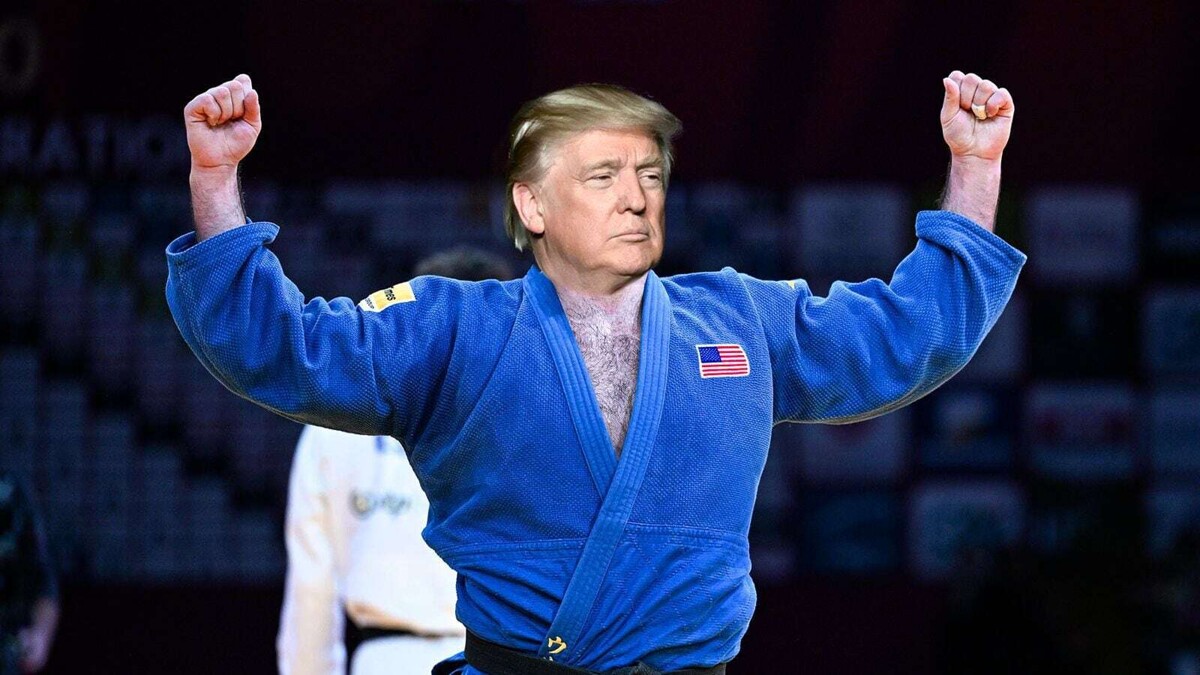
Forty percent of Mexico's Gross Domestic Product (GDP) corresponds to exports. Mexico has managed to position itself as the main trading partner of the United States, despite unfounded accusations about its supposed contribution to the entry of Chinese products into the U.S. and Canadian markets.
The proposal to move towards a deeper integration among North American countries, eliminating internal trade barriers and establishing a common tariff for transactions with the rest of the world, seeks to counteract the negative rhetoric driven by President Trump. This strategy aims to turn accusations into a catalyst for achieving stronger, mutually beneficial trade agreements.
The USMCA agreement has been a key point in the region's trade relations, especially in light of the unilateral imposition of tariffs by the United States. Despite the tensions, Mexico seeks to preserve trade stability in the region, considering that 85 percent of its exports are destined for the United States.
In the face of the current challenge, the possibility of establishing a Customs Union with the United States and Canada is proposed, which not only maintains free trade among member countries but also defines a joint tariff policy towards the rest of the world. This type of economic integration presents different levels of commitment among nations, ranging from free trade agreements to monetary unions.
The experience of the European Union serves as an example of how economic integration can be guided by political objectives, promoting peace, social cohesion, and economic progress. In the case of North America, the evolution of trade agreements in recent decades has strengthened trade ties, making it necessary now to consolidate a strong trilateral relationship.
From a diplomatic perspective, Mexico must reaffirm its position as a relevant actor in the region and rebuild its relationship with Canada, seeking a balanced negotiation table with three seats that benefits all parties involved.














